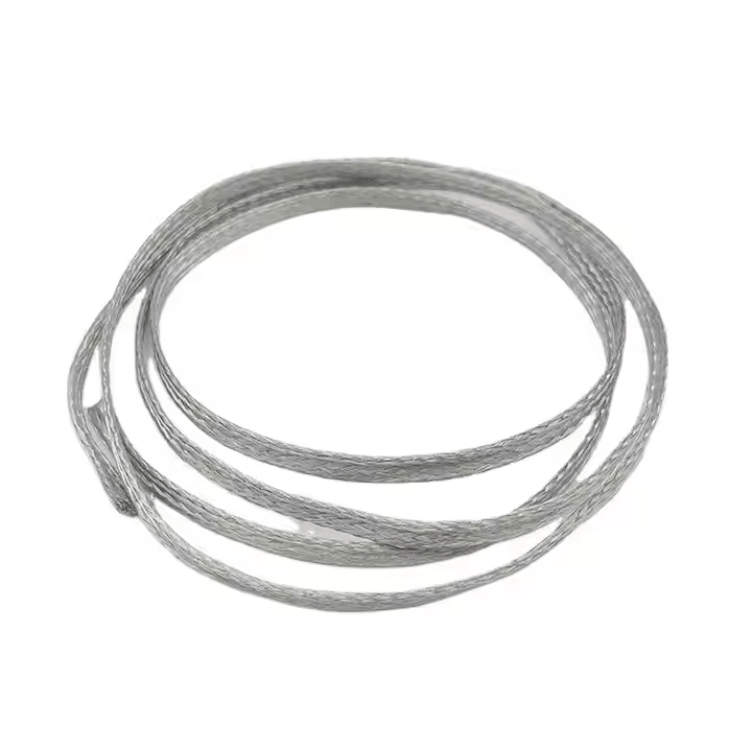Grounding Straps

Choosing the right grounding strap (also called an ESD strap or anti-static strap) is important for protecting electronic components and yourself from static damage. Here's a quick guide to help you pick the right one:
1. Choose the Right Type
There are different types of grounding straps for different uses:
Wrist Straps | Workbenches, assembly | Worn on wrist, connects to ground |
Heel/Toe/ESD Shoe Straps | Standing/walking workstations | Worn with footwear, grounds you through the floor |
Grounding Cords | Work surfaces or people | Connects strap to ground point (ESD mat, plug, etc.) |
2. Consider Comfort and Fit
Look for adjustable straps (elastic, Velcro) for a snug fit.
Metal plate contacts should touch the skin directly (for wrist straps).
Dual-conductor wrist straps offer added safety for high-reliability environments.
3. Check Resistance Range
Standard resistance: 1MΩ resistor (built-in) to prevent electric shock.
Ensures safe, controlled discharge of static electricity.
4. Match Your Work Environment
For electronics labs or cleanrooms, use wrist straps with low particle generation and certified materials.
For field technicians, consider portable ESD wrist straps with grounding cords that plug into standard outlets.
5. Make Sure It’s Compatible
Match the strap with your ESD mat, ground plug, or workstation setup.
Use ESD testers regularly to verify functionality.
6. Certified and Compliant
Look for straps that comply with ANSI/ESD S20.20, IEC 61340-5-1, or MIL-STD-1686 standards.
If you have any question,contact with us soon!
